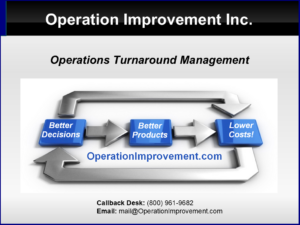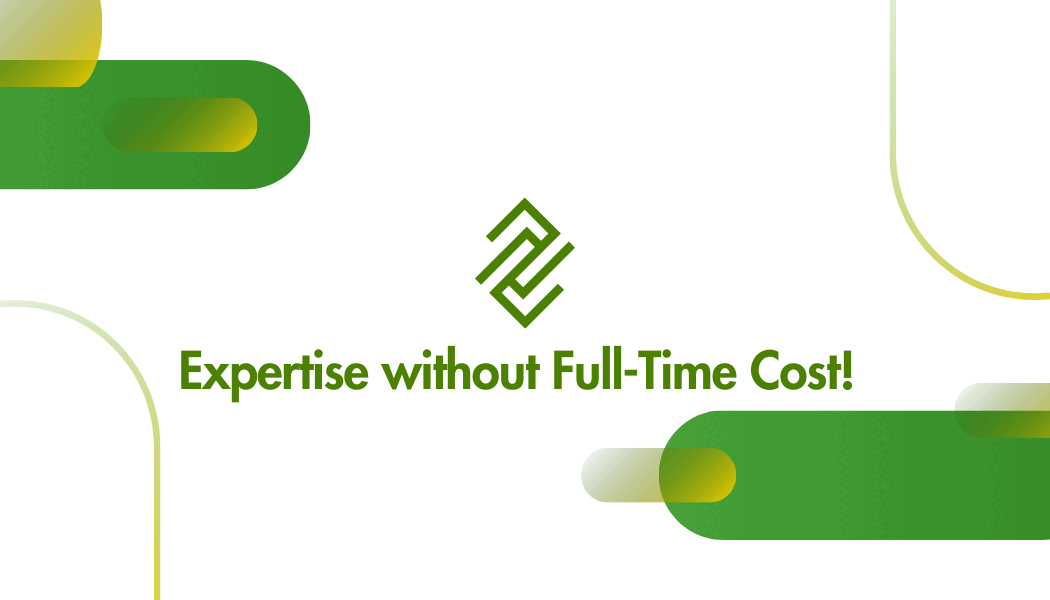How do you identify the most important business processes?
At the highest level, a business is defined by its goals and strategies. (Ends and Means) Within that context, a process is a plan for creating a capability, a potential to produce. When executed, a good process plan delivers the correct product, consistently with measurable results.
The product could be that “widget” every book mentions – “we can produce 1000 widgets an hour from iron castings”. Product could even be an intangible like electric power or bandwidth – “we can provide energy for a 100 Kilowatt demand for up to 8 hours out of 24 from sunlight”.
Note the words “can” and “from”. Process improvement simply means improving our ability to make more with less. The “less” could mean less raw material, less expensive equipment, less time, less risk or less waste. (Every process has a product and a by-product.) Improvement only happens by accident, or when we learn something. The reverse is also true. Process performance worsens sometimes by accident or when we forget. Accidental improvements are temporary. Knowledge is the key.
So, the question of most important process takes us in three directions.
First: It is good advice to “play to one’s strengths.” What are our strengths? What are the core competencies that we can develop and improve? What are those processes that should never be outsourced? Those are most certainly highest in importance.
Second: The Sustainment process. An important component of operations management is continually training, reviewing methods, correct use of tools and technology, safety protocols, and so on. Professional athletes, performers and musicians never stop practicing and rehearsing.
Third: The Learning process. Since accidents do happen, an incident should trigger a learning process. Was the consequence of the accident a good thing or a bad thing? Why did the accident happen? I like a simple classic approach to causal analysis.
A. Identify the immediate cause. – (The roadway nail that caused a flat tire.)
B. Look for a causal chain of events. – (The carpentry truck ahead with the open toolbox. The speed bump. The speed at which the carpenter drives.)
C. Examine human action. What choices and decisions could have been, and will be different? – (Lock the toolbox. Slow down for speed bumps.)
Finally, don’t wait for accidents to happen. A fire drill is sustainment. An experiment-day is a controlled and managed “accident”, a way for us to learn what makes a process better or worse.





